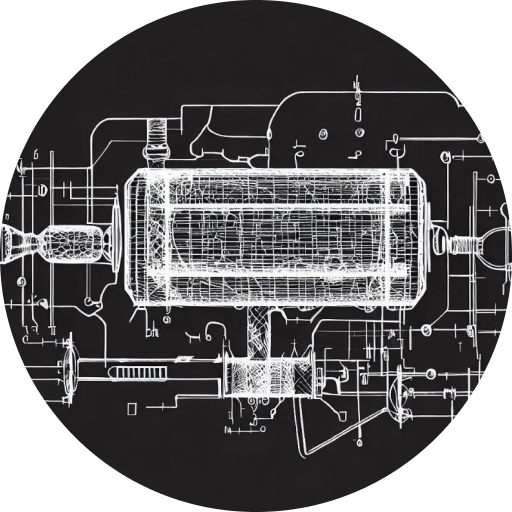Identifying a Bad Catalytic Converter: Key Indicators
Introduction:
A catalytic converter plays a crucial role in reducing harmful emissions from your vehicle’s exhaust system. However, over time, it can deteriorate or become faulty, impacting its effectiveness. Identifying a bad catalytic converter is essential for maintaining the performance and efficiency of your vehicle. In this guide, we will provide you with step-by-step instructions on how to identify a bad catalytic converter. For more in-depth information on catalytic converters and related topics, we recommend visiting the Catalytic System website (https://www.catalyticsystem.com).
Step 1: Check Engine Warning Light
One of the primary indicators of a bad catalytic converter is the illumination of the check engine warning light on your vehicle’s dashboard. When the catalytic converter fails or becomes inefficient, it can trigger the onboard diagnostic system and generate an error code. If you notice the check engine light persistently lit, it’s crucial to have your vehicle’s system diagnosed by a professional using an OBD-II scanner.
Step 2: Reduced Engine Performance
A bad catalytic converter can significantly impact your vehicle’s performance. If you experience a noticeable decrease in acceleration, power, or overall engine performance, it could be a sign of a faulty catalytic converter. Pay attention to any struggles or hesitation during acceleration, as these symptoms may indicate a restricted exhaust flow due to a malfunctioning converter.
Step 3: Rattling or Rumbling Noises
A failing catalytic converter can produce rattling or rumbling noises, especially during startup or acceleration. These noises are typically caused by a loose or damaged internal substrate within the converter. If you hear unusual sounds coming from your exhaust system, it’s advisable to have it inspected by a professional to determine if the catalytic converter is the source of the issue.
Step 4: Foul Odors
A malfunctioning catalytic converter may emit unpleasant odors, such as a strong sulfuric smell or the scent of rotten eggs. This odor is often an indication of excessive unburned fuel or the presence of sulfur compounds in the exhaust gases. If you detect unusual smells from your vehicle’s exhaust, it’s essential to have the catalytic converter inspected and repaired if necessary.
Step 5: Failed Emissions Test
During emissions testing, a bad catalytic converter may cause your vehicle to fail the inspection. If your vehicle consistently fails the emissions test or the results indicate high levels of pollutants, it could be due to a faulty catalytic converter. Consult with a qualified technician to diagnose the issue and determine if the converter needs to be replaced.
Step 6: Visual Inspection
Perform a visual inspection of the catalytic converter, if accessible. Look for any physical damage, such as dents, cracks, or heat discoloration. Additionally, inspect the connections and mounting brackets for signs of wear or looseness. While a visual inspection alone may not provide a definitive diagnosis, it can help identify potential issues that require further examination.
Conclusion
Identifying a bad catalytic converter is crucial for maintaining your vehicle’s performance and ensuring compliance with emission regulations. By paying attention to indicators such as the check engine warning light, reduced engine performance, unusual noises, foul odors, failed emissions tests, and conducting a visual inspection, you can assess the condition of your catalytic converter. For more detailed information, we recommend reading the following articles:
– “Understanding How Catalytic Converters Fail: Common Causes” at [https://www.catalyticsystem.com/understanding-how-catalytic-converters-fail-common-causes](https://www.catalyticsystem.com/understanding-how-catalytic-converters-fail-common-causes)
– “The Worth of a Nissan Catalytic Converter: A Market Analysis” at [https://www.catalyticsystem.com/the-worth-of-a-nissan-catalytic-converter-a-market-analysis](https://www.catalyticsystem.com/the-worth-of-a-nissan-catalytic-converter-a-market-analysis).
Remember to visit the Catalytic System website (https://www.catalyticsystem.com) for comprehensive information on catalytic converters and related topics.
- Upgrade Your Honda Accord with the Best Catalytic Converter for Enhanced Performance - October 30, 2023
- Boost Your Chrysler 300’s Performance with a High-Quality Catalytic Converter - October 30, 2023
- Enhance Your Jeep Liberty Performance with a Catalytic Converter - October 30, 2023









